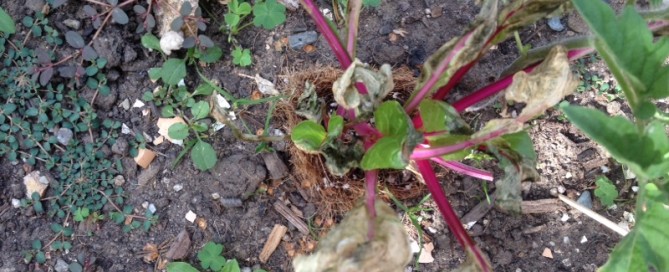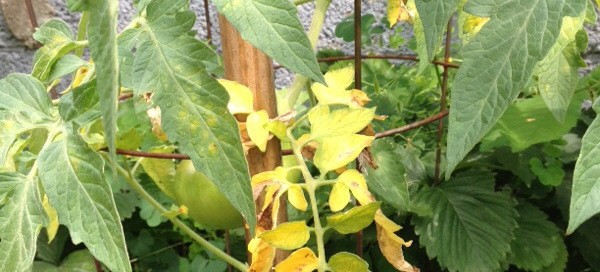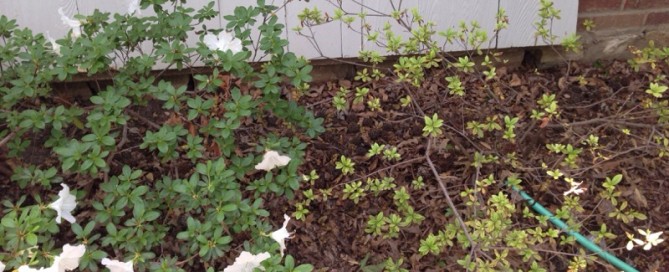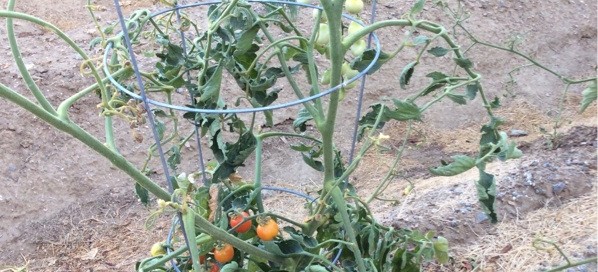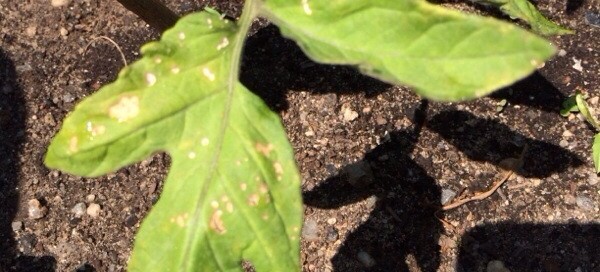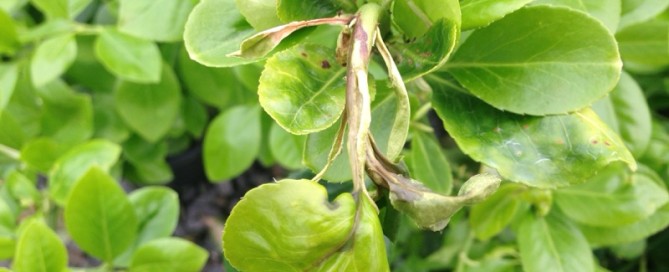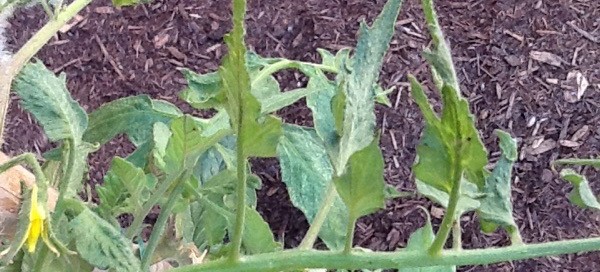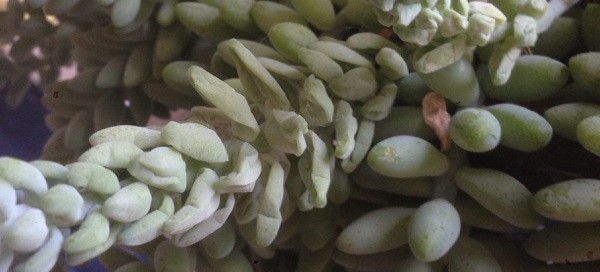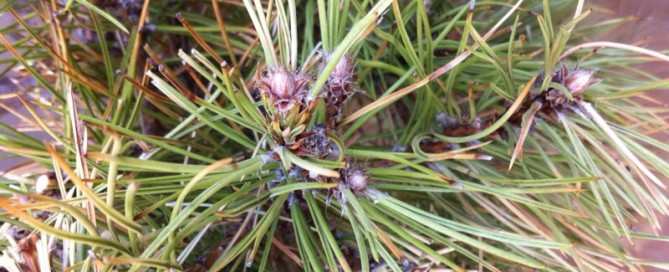Swiss Chard
Please accept our apologies for the delay in responding to your question! Your chard plant could be suffering from one of several things, including an infectious disease or a non-infectious (abiotic) disorder that arose from environmental stresses. These two types of plant disorders can be difficult to tell apart because symptoms can be very similar. From what we see in your photo, it could be that your plant is suffering from too much water and/or high humidity, (we'd more info about that), or that a fungal disease is responsible for the condition of the leave, which could be encouraged by too much moisture, splashing water on the leaves and/or not enough sun (again we'd need more info). We've included some links about growing chard and common diseases for your reference. We hope this helps.
http://www.harvesttotable.com/2009/06/beets_and_chard_growing_proble/
http://bonnieplants.com/growing/growing-swiss-chard/
